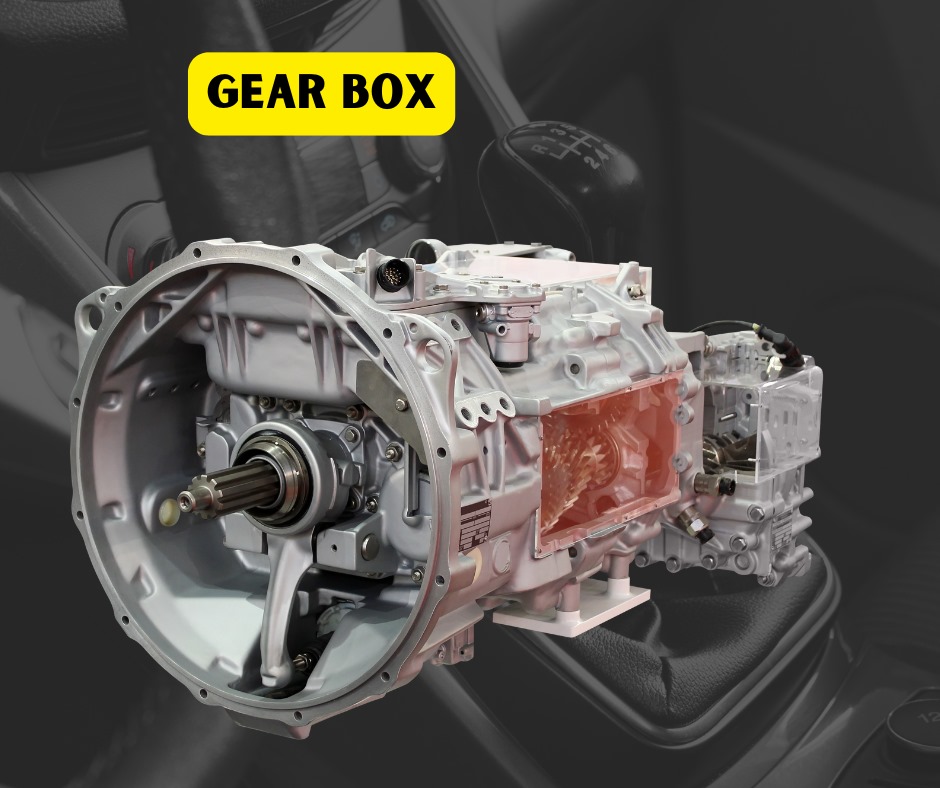Troubleshooting Common Gearbox Problems

Explore the essential guide to identifying and fixing the most prevalent gearbox issues in your vehicle.
Understanding Gearbox Basics and Common Faults
The gearbox, also known as the transmission, is a crucial component of your vehicle's drivetrain. It ensures that the right amount of power is delivered to your wheels to drive at any given speed. Understanding its basic function can help in recognizing when something goes wrong.
Common faults in gearboxes include worn-out gears, leaking seals, and issues with the synchronizers. These problems can arise due to a variety of reasons, such as lack of lubrication, wear and tear over time, or manufacturing defects.
Symptoms of Gearbox Problems
Identifying the symptoms of gearbox issues early can save you from more extensive repairs down the line. Common symptoms include unusual noises like grinding or whining, difficulty in shifting gears, and a burning smell emanating from the transmission area.
Other noticeable signs are fluid leaks, delayed gear engagement, and the gearbox slipping out of gear. If you experience any of these symptoms, it is imperative to investigate further or consult a professional mechanic.
Step-by-Step Guide to Diagnosing Gearbox Issues
Diagnosing gearbox issues can be systematic. Start by checking the transmission fluid level and quality. Low or dirty fluid can cause many gearbox problems. Next, inspect for any visible leaks or damaged parts.
If the issue persists, a more in-depth examination may be necessary. This can include using diagnostic tools to read error codes or even disassembling parts of the gearbox to look for internal damage. Always refer to your vehicle’s manual for specific guidance.
Effective Solutions for Common Gearbox Repairs
Once you have diagnosed the problem, it's time to implement effective solutions. For fluid-related issues, a simple fluid change or top-up might suffice. For more severe problems like worn-out gears or synchronizers, replacing the damaged components may be necessary.
In some cases, a complete gearbox rebuild or replacement might be the most effective long-term solution. Always ensure that any repairs are done using high-quality parts and that the gearbox is properly reassembled and tested before use.
Preventive Measures and Maintenance Tips for Gearboxes
Preventive maintenance can extend the lifespan of your gearbox significantly. Regularly check and change the transmission fluid as recommended by your vehicle manufacturer. Avoid aggressive driving habits that put extra strain on the gearbox.
Additionally, schedule regular inspections and service appointments to catch any potential issues early. Using the correct type of transmission fluid and ensuring your gearbox is properly lubricated can also prevent many common problems.

 Loading..
Loading..